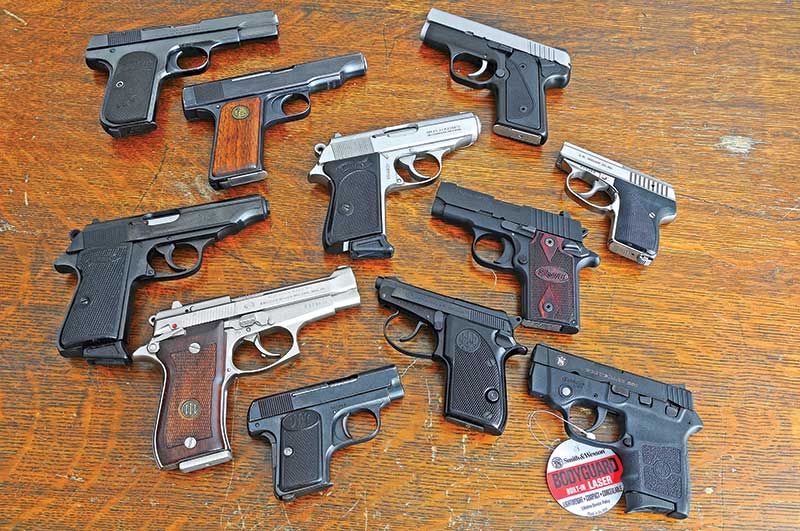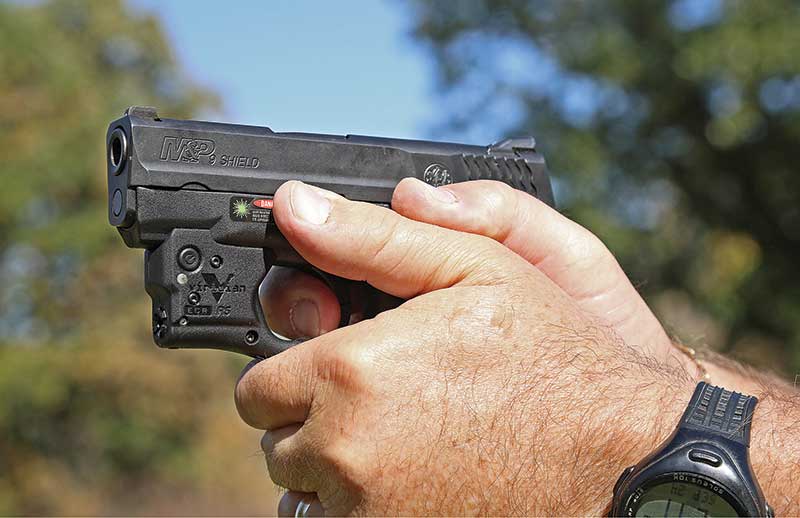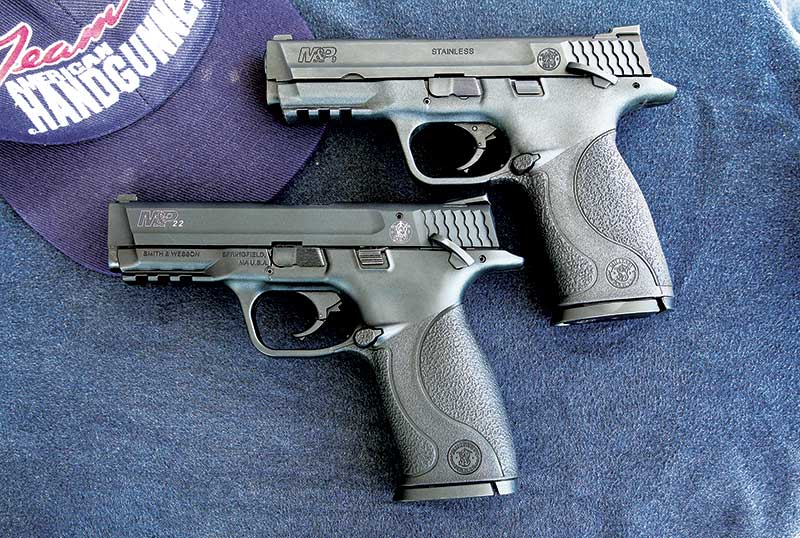Recoil And Discomfort
Editor Roy forwarded me an interesting email from Handgunner reader Laurence Rose:
“I’m 70 years old and have more than a moderate amount of arthritis in my hands. I also suffer from advanced Degenerative Disc Disease in my entire spine and am 100 percent SC (Service Connected) disabled with the VA because of my military service. On more than one occasion I have purchased a handgun, which I thought would be good for concealed carry, only to find out the recoil was so severe just firing a couple of rounds brought severe pain and discomfort…”
Mr. Rose goes on to suggest, “I would like to see a Recoil Comfort Scale established indicating the relative recoil for various handguns. It could be a scale from 1 to 100.”
While I like the idea, I don’t think it’s possible to nail down recoil with such precision. There are just too many factors, many of which are subjective. Plugging in bullet weight, powder charge weight, muzzle velocity and firearm weight one can determine recoil velocity and recoil energy. This provides some basis for comparison but is by no means the whole story. This may be a personal thing but I find recoil velocity gives a better basis for comparison than recoil energy.
To give a couple of examples, grip size and shape make a difference. So does height of bore above the hand. Action type makes a difference in felt recoil. In my experience, semiauto pistols operating on the straight blowback principle tend to have more felt recoil than the strict mathematical calculation would suggest. Slide velocity on its rearward travel is relatively high and the slide’s impact on the frame tends to increase felt recoil.
Tolerance?
Recoil tolerance means different things to different people. Some think if they fire one round from a .454 Casull without actually dropping the gun and bursting into tears, they can handle the recoil. In my view it means being able to press the trigger and release the shot as smoothly as if one were dry firing.
Recoil tolerance is a factor of the gun and load, and of the number of rounds fired in a practice session. From personal experience I know with recoil in the range of 5–6 ft.-lb. of energy (12–13 ft./sec. velocity) I can shoot as much as I want. This includes most 9mm Luger, and .38 Spl., and many standard pressure .40 S&W and .45 ACP loads.
On several occasions I’ve fired 1,000 or more rounds of such loads in a day with no recoil fatigue or loss of precision. I can’t do the same with +P .40 S&W or .45 ACP loads or any full-house .357 Magnum load. I used to plan on 100 rounds maximum of .357 Magnum at a session; today I doubt I’d want to go over 50.
With full power .44 Magnum loads I could handle 40 rounds with no loss of precision. At bigger metallic silhouette matches requiring 80 rounds I lost some targets over the last 10 or so shots due to an encroaching flinch. With .454 Casull, five or 10 rounds in one session are about all I want.
So what do I actually recommend? This is going to sound boring, but for most people most of the time, a medium size, medium weight (30–35 ounces) handgun chambered for a medium cartridge works best. Try different makes and models to find one which is comfortable in your hand, whether high cap or single stack. Select a load you can comfortably shoot 50 rounds at a session without issues. With popular service cartridges loads are available at various recoil levels, from “managed recoil” through +P.
Why Not A .380?
Most .380 ACP autos operate as straight blowbacks. High slide velocity seems to increase felt recoil, though on the plus side these pistols tend to be very reliable. It may be a personal thing but I find a locked-breech 9mm Luger with standard pressure loads recoils about the same as a blowback .380 of the same weight.
So why not a locked breech .380? Mainly because there aren’t many made. Colt used to make a locked breech .380, which was the lightest-recoiling .380 I ever tried. The SIG 238, which is currently available, uses a locked breech action and is a little gem.
It’s what I’d recommend for Mr. Rose, except he beat me to it. His email went on to say, “I purchased a SIG P938 in 9mm, only to find it too painful for me to shoot; but then purchased a very similar handgun, the SIG P238 in .380 ACP, and found it to be very comfortable to shoot.” Good information from a member of the Handgunner family!






